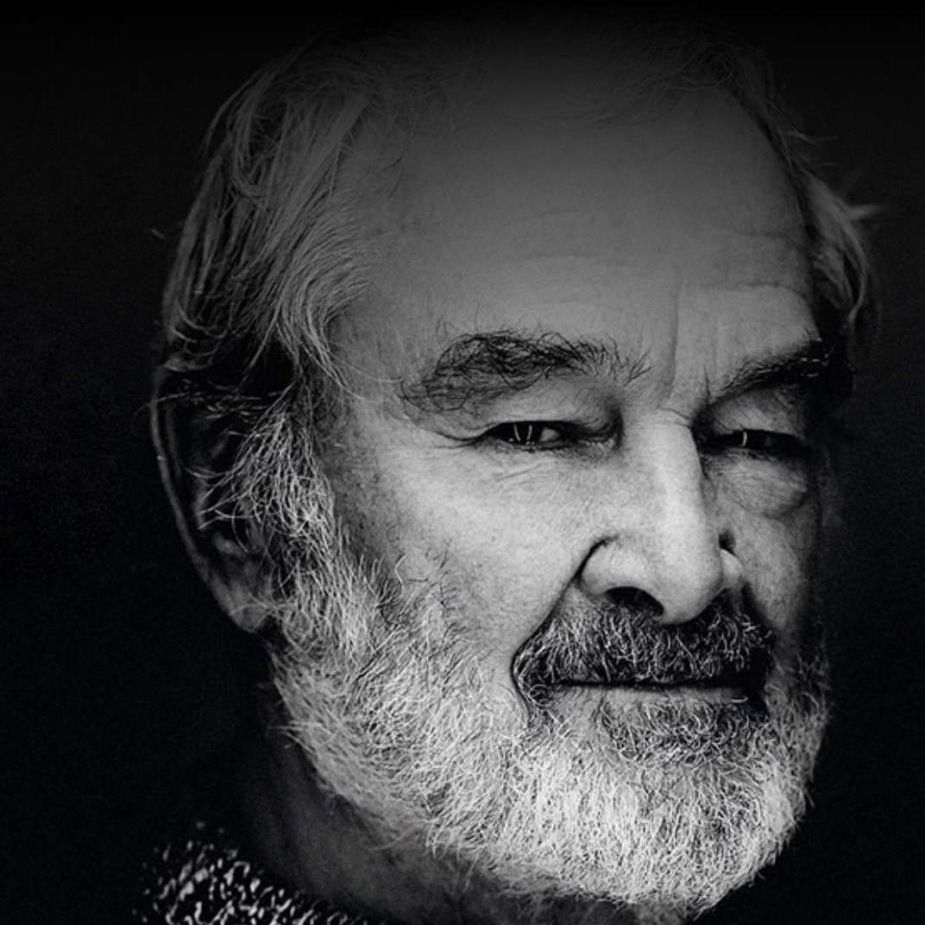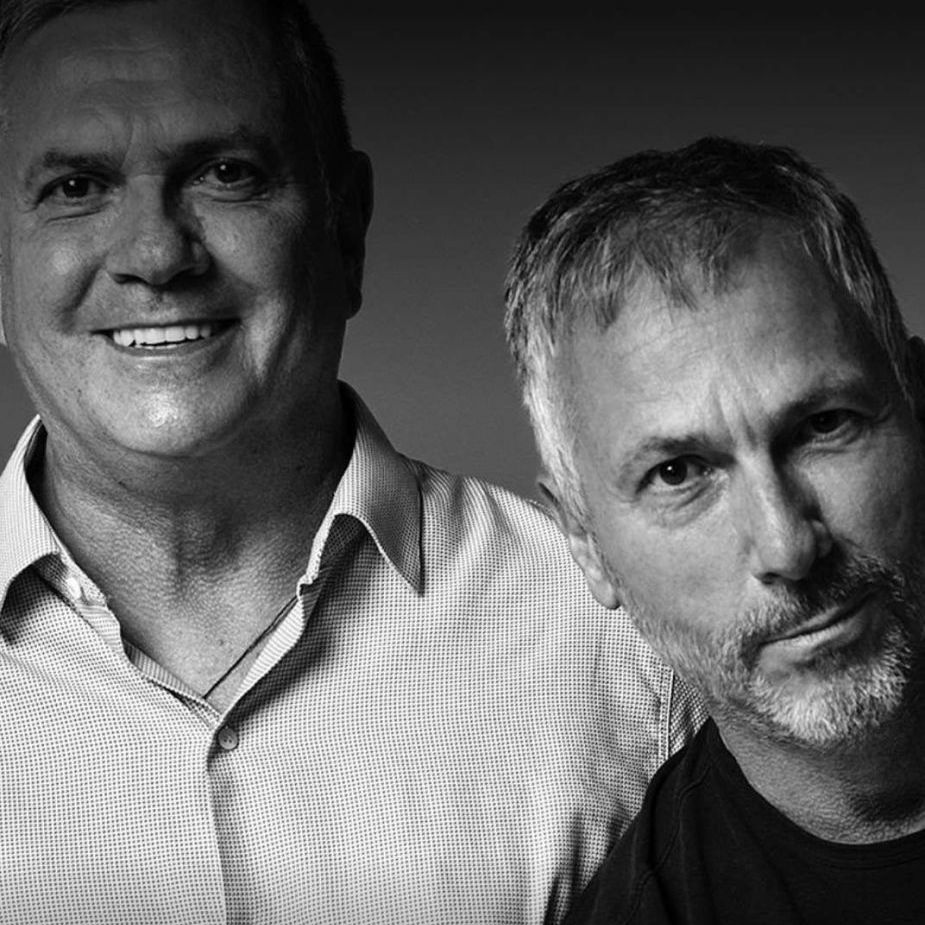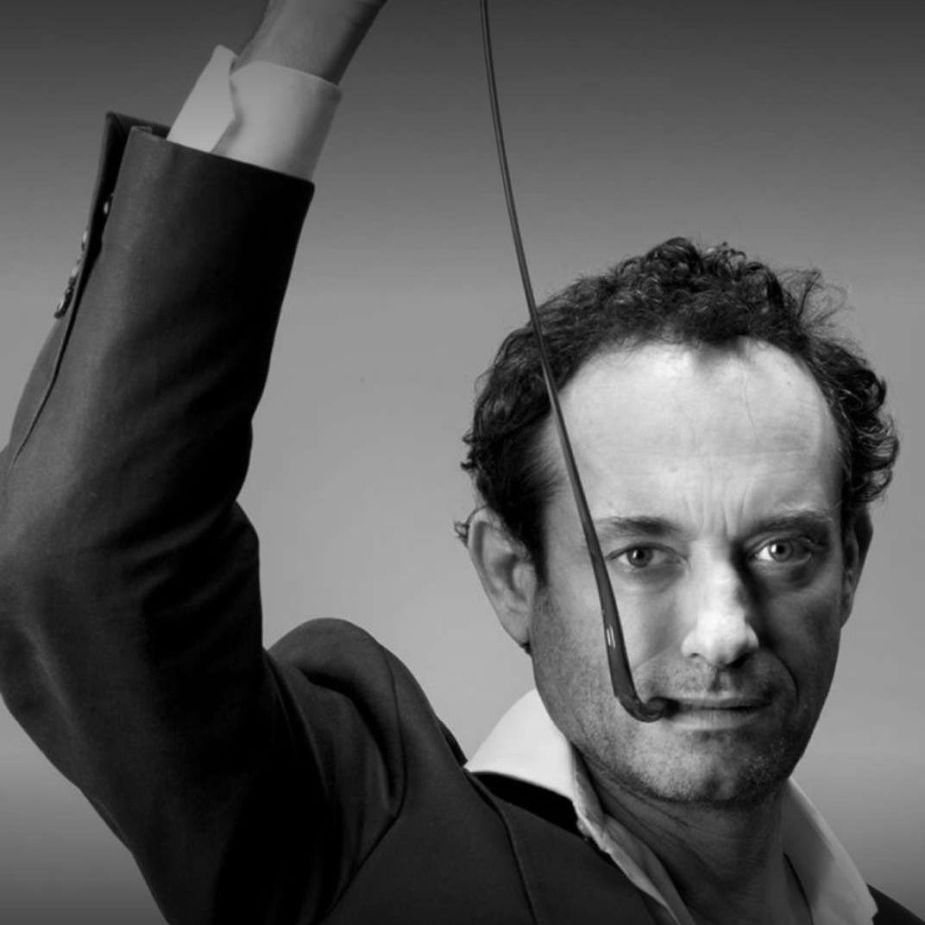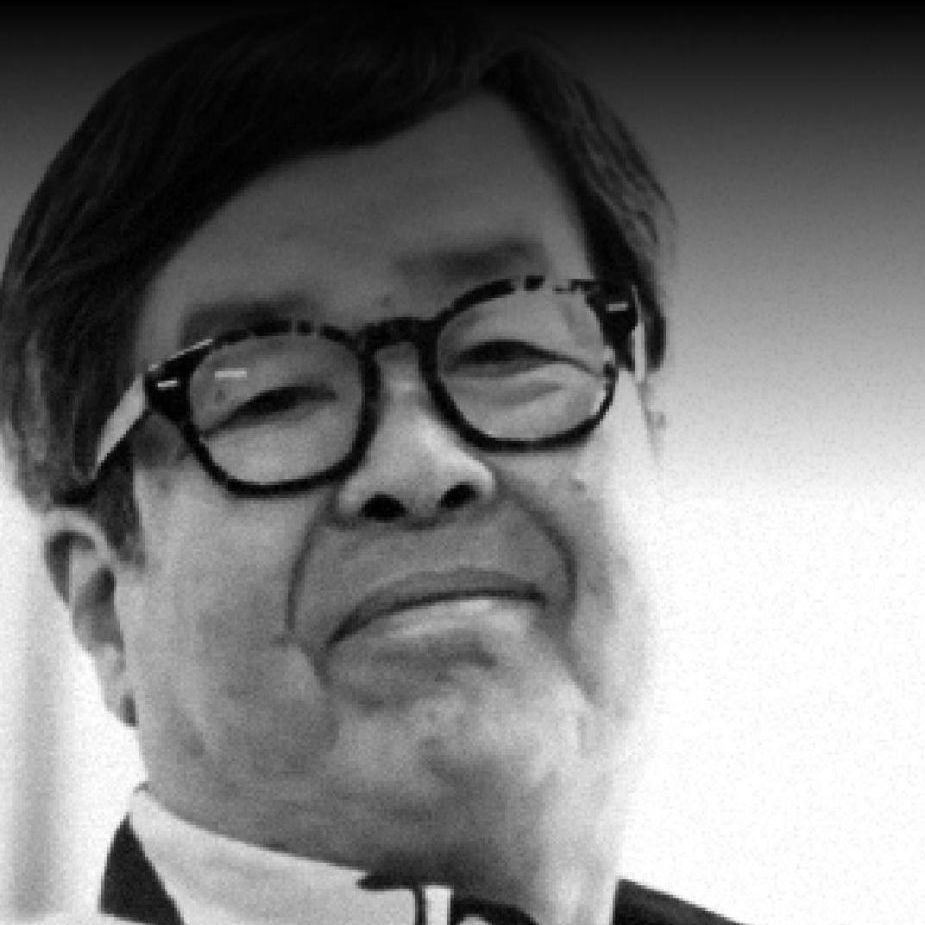
January 2024
Laura Arrighi
Our Authors
At Edra, we don’t use the word ‘designer’, we prefer to use: authors. As Bruno Munari wrote in 1972, our products are simply “objects that respond to necessary functions, [that] are regularly improved based on their materials and technology. They are everyday items at home or in the workplace, and people buy them because they don’t follow trends, they are unconcerned by status symbols, these items are well designed, and it doesn’t matter who designed them”. Our creations are associated with names that are well known in the world of design. However, more than in their signature style, what we are interested in is the role they played as thinkers in a process that led to the birth of timeless objects. They did this through their intuitions, their ideas, their dreams. That’s why we call them authors. We have nothing against the word ‘design’. That is just what Munari was speaking about in the description we quoted to tell about the meaning of our work. What we are not so sure about is the way such word has been used over time. The meaning of ‘design’ has been distorted. The English word is more effective, because it means a ‘plan’ or a ‘drawing’. But in Italian it is usually associated with a modern, seemingly trendy style, with designer or fashionable items, or with interior decoration. In many cases, it is wrongly used to define something that is high quality or has a sophisticated aesthetic identity. And ‘design’ is often mentioned at the appearance of mere replicas of existing objects, without innovation, experimentation, improvement, without any new stories, feelings, but just the addition of intriguing colours and artwork.
I hate the word Art Director, Ettore Sottsass defined himself as a "head gardener". That's how I feel, I am the one who looks after the seeds and makes them grow. Our history is made of cultivated himan experiences and relations with "designers" that are certainly professional, but basically human, relations.
Massimo Morozzi
Our authors do not just show us a drawing, they tell us an idea, a story, a dream. It’s a method that is closer to the world of art than that of design. Together, we try to find the best solution, to take a step further, to create ‘something else’, something different from the product as we know it: the sofa, the chair, the armchair … And this is achieved through an experience that sees the author sparking off a brainwave, a shared story. “I hate the word ‘art director’ – Massimo Morozzi explained in an interview in 2013 – Ettore Sottsass defined himself as a ‘head gardener’. That’s how I feel, I am the one who looks after the seeds and makes them grow. Our history is made of cultivated human experiences and relations with ‘designers’ that are certainly professional, but basically human, relations. We are not so interested in design, we are interested in the opportunities that this job provides, of having relations with other people. Such experiences then settle into things. It’s like shooting a film. Behind any project, there’s a story that comes from a life experience. Such experiences turn into furniture”. And Francesco Binfaré adds: “I am interested in people and in what they have on their minds. For me, things are bagfuls of contents and messages. Designers don’t do anything on their own, and neither do art directors, or businessmen. We come from a world where there were Buster Keaton and Charlie Chaplin, such great actors, where one man keeps everything together. In fact, we get into a world where there are Fellini, Mastroianni and De Laurentis. It takes all three men, and in this cooperation designers put their stories into a sofa”.
Francesco Binfaré
Francesco has built firm and deep relations with Edra over the years, is an intellectual, a philosopher, an artist. He was born and lives in Milan, and he learnt drawing and painting from his father. In 1960, he met Cesare Cassina, the first who gave him a chance to practice his art in an industrial environment. From 1969 to 1976, he directed Centro Cesare Cassina, sponsored by Cassina and C&B Italia (now known as B&B Italia). Then, he established Centro Design e Comunicazione, committed to supporting research and design projects. In 1992, he was called by Massimo Morozzi to design for Edra. That meeting marked the start of a new, unique, fascinating season, when he invented great sofas, such as l’Homme et la Femme, Flap, On the Rocks, Sofà, Sherazade, Sfatto, Standard, Absolu, Essential, Pack, Grande Soffice and Chiara armchair, projects in which he summed up, in form and concept, semantic accuracy, the pleasure of performance, an interactive intent, a curiosity for and an interest in the human body, and the very peak of comfort, in an essential, communicative and timeless language.
Fernando e Humberto Campana
Experimental artists. They were born in Brotas, Brazil. They founded the Estudio Campana in 1983, known for its relentless search for innovative interior design. They embraced evolution and reinvention and managed to elevate the humble things, everyday items and ordinary materials. It was with the Vermelha armchair, presented in 1998, that they sealed up their first partnership with Edra. In the same year, the MoMa of New York dedicates them an exhibition curated by Paola Antonelli entitled Project 66: Campana/ Ingo Maurer.Together with the company, among others, they designed Boa and Cipria sofas, Corallo, Favela, and Grinza armchairs, Blue Velvet and Jenette chairs, the Campana Beds Collection, Brasilia tables, Campana lamps, Cabana and Scrigno cabinets. In collaboration with Edra, they also projected Le Café Campana inside the Musée d’Orsay in Paris.
Jacopo Foggini
Born in Turin but Milanese by choice. An explorer who travels through art and design. While working in the family businesses, he discovered the versatile nature of polycarbonate, an ordinary material that is generally used to make car reflectors. Fascinated by the aesthetic and chromatic qualities of such material, in the early ‘90s he started to experiment with it, to create works of art. After his debut in 1997, with an installation in the space of Romeo Gigli he opens his own personal gallery in Milan. Edra since 2009, the year his Capriccio table was launched, he has designed objects, unique pieces of great expressiveness and personality, such as the Gina, Gilda B. and Ella chairs, the Margherita , Alice and Ester armchairs or the Egeo and Cicladi tables.The special project Nel Blu Dipinta di Blu chair set up the Musée d’Orsay restaurant in Paris.
Masanori Umeda
TThe one closest to the dimension of design but imbued with a deep-rooted poetics. He was born in Kanagawa, Japan. He graduated from Kuwasawa Design School in Tokyo in 1962, and in 1967 he moved to Milan to work in Achille and Piergiacomo Castiglioni’s studio. From 1970 to 1979, he was design consultant for Olivetti. In 1980, he went back to Japan and opened his own studio in Tokyo: U-Metadesign Inc. Among his most important works, the bed Tawaraya of 1981, designed for Memphis, a radical group born in Milan under the guidance of the designer Ettore Sottsass and of which Umeda was a member. In 1990, he made his debut with Edra in Brera, Milan, by launching the armchairs Getsuen and Rose Chair, with which he attempts to reconnect design and nature after a period of post-war global industrialization. He took part in several international exhibitions. Among his awards: the Braun Prize in Germany the Japanese Associated Commercial Designer’s Prize and the Great Prize for Glass Design.











